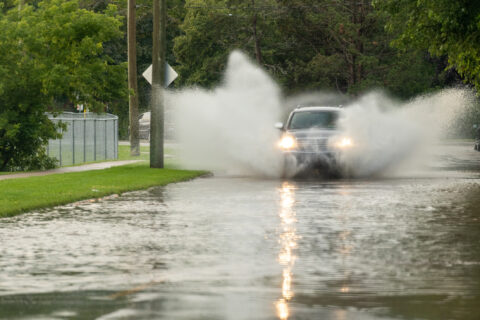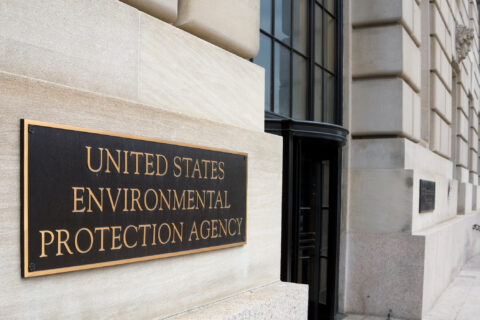Co-authored by Ken Sansone, Senior Partner, SL Environmental Law Group and Kyla Tengdin, Education & Outreach, SL Environmental Law Group
Does this sound familiar? Your government has been in high gear ever since per- and polyfluoroalkyl substances (PFAS), sometimes referred to as “forever chemicals,” were detected in your water sources, trying to stay ahead of the problem. Now, just when your city has a plan to comply with the federal PFAS drinking water standards, you learn your state is considering legislation banning the sale of sludge from wastewater treatment operations containing PFAS above a certain concentration. Your city is now facing higher sludge disposal costs, as well as concerns over liability for sludge you disposed of previously. Meanwhile, residents near your city’s airport, landfill and firefighting training facility are concerned about contamination from PFAS potentially released from those sites. Addressing these issues could far exceed your city’s utility budget.
If this sounds familiar, you’re not alone. The cost of infrastructure to mitigate PFAS impacts is one of the most pressing issues facing today’s municipal leaders. Treating PFAS in drinking water alone is anticipated to cost billions nationwide and require decades of ongoing maintenance. Unfortunately, this may be just the tip of the iceberg. Through no fault of their own, wastewater treatment plants, landfills, airports and fire training facilities (so called “passive receivers” because they neither cause nor contribute to PFAS contamination but rather receive PFAS-containing materials) may discover additional PFAS contamination that may need to be remediated. Local governments that manage these sites may now be responsible for these costs, whether to meet evolving regulatory requirements, to satisfy public demands, or both.
Recent federal funding through the Infrastructure Investment and Jobs Act provides a historic level of federal investment in our nation’s water infrastructure but is still expected to leave funding gaps. As an additional revenue strategy, hundreds of cities and other public agencies have pursued litigation against PFAS manufacturers, recently securing landmark settlements for PFAS drinking water impacts totaling over $14 billion. However, these settlements do not address claims for PFAS impacts to wastewater treatment operations, airports, landfills or other municipal resources, which continue to be filed and litigated as part of the multidistrict litigation proceeding.
Join Our Webinar
Sign up for NLC’s free webinar on April 30 at 1 PM ET to learn firsthand from Elizabeth Schoedel, Assistant City Attorney for Spokane, WA, about the city’s journey from PFAS detections to infrastructure funding. SL Environmental Law Group will also provide key updates on PFAS regulations and anticipated settlements beyond drinking water — covering wastewater, airports, fire training facilities and landfills.
About the Authors
Ken Sansone exclusively represents municipalities, counties, states, utilities and private entities in contamination lawsuits. He has more than 20 years of experience handling complex civil and criminal cases in federal and state trial and appellate courts and currently represents about 280 water systems across the country over PFAS contamination cases.
With a background in water education, nonprofit communications, and event planning, Kyla Tengdin is dedicated to helping municipalities learn more about emerging contaminants and evolving regulations.
Visit the NLC Strategic Partnerships page to learn more about the organizations like SL Environmental Law Group dedicated to making NLC the premier resource for local governments.










